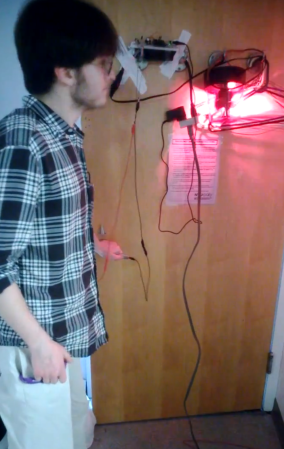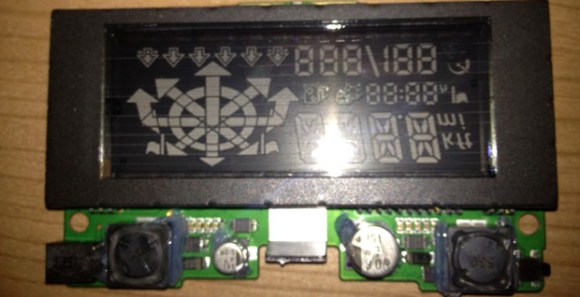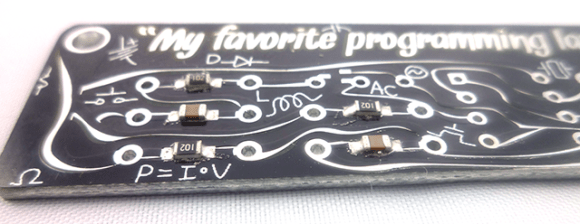Sometimes the simplest projects can be quite interesting, provided they’re well documented. We hope that the Hackaday readers also think that the door sensor that [Alexander] developed falls into this category. Instead of using common methods such as a magnet + reed switch, he decided to use the strike plate and door conductivity to detect someone walking in. The setup he put together includes an Arduino, a PowerSwitch Tail (a power cord that switches 120vac with a dc control voltage of 3-12vdc), a battery pack made of 8 AA batteries and two crocodile clips for door connections.
Most new hobbyists would have stopped there, but [Alexander] checked his platform’s power consumption and continued his work to decrease it. He therefore put the microcontroller in power-down mode by default and uses an AVR external interrupt to wake it up. In case beginners can’t understand [Alexander]’s code, he actually put a nice flow diagram on his website. Embedded after the break is a video of the system working.
Continue reading “Using A Door Handle Conductivity To Detect Intruders”
















